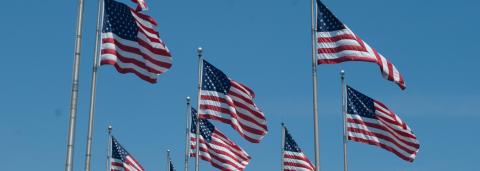What is presently the southern end of Liberty State Park in Jersey City was, in 1916, the scene of the infamous Black Tom Explosion during World War I. At the time, the mile-long Black Tom Pier was a beehive of activity. Resting partly on the tiny Black Tom Island – reportedly named after a dark-skinned fisherman – the pier and surrounding complex of warehouses and railroad tracks handled tons of cargo destined for Europe and the war.
On the night of the explosion, the complex was packed with freight cars, barges and freighters holding up to four million pounds of explosives. One barge moored against the pier alone carried 100,000 pounds of dynamite and cases of detonating fuses. Although guards were on duty, security was lax. The pier and complex was an inviting target for sabotage. Around 2am on Sunday, July 30, flames erupted from one of the freight cars and the barge. The explosions that followed were so powerful they were felt in Philadelphia, some 90 miles away.
In New York City across the harbor and along the Jersey Shore, millions of people were shaken awake. Windows in homes across the area were shattered, including buildings and skyscrapers in lower Manhattan. The sky over Jersey City turned yellow as bombs burst 1,000 feet in the air. When the explosions, fire and smoke cleared on Monday afternoon, the pier, warehouses, rail cars, locomotives, barges and even Black Tom Island had been obliterated. Despite the enormity of the explosions, only four persons were reported killed. While there were links to German agents and others, authorities never conclusively determined who was responsible for the explosion.
Information for this story came from an article by H.R. Blakhage and A.A. Hahling that appeared in The American Legion Magazine, August 1964. To read the full story visit click here.

